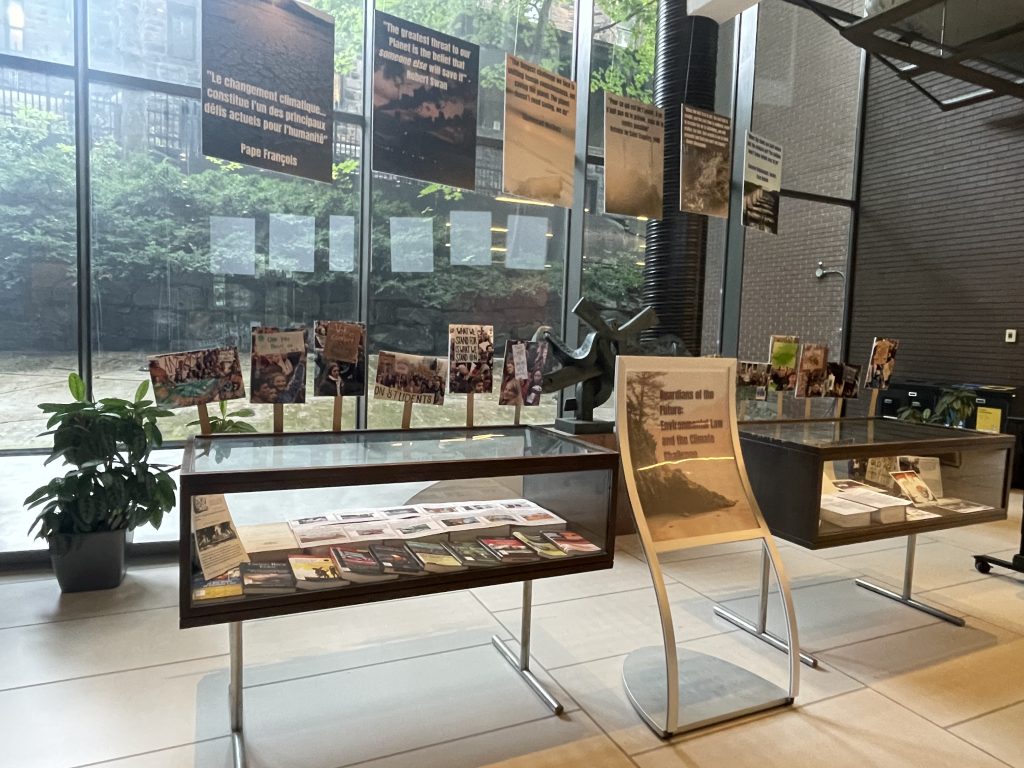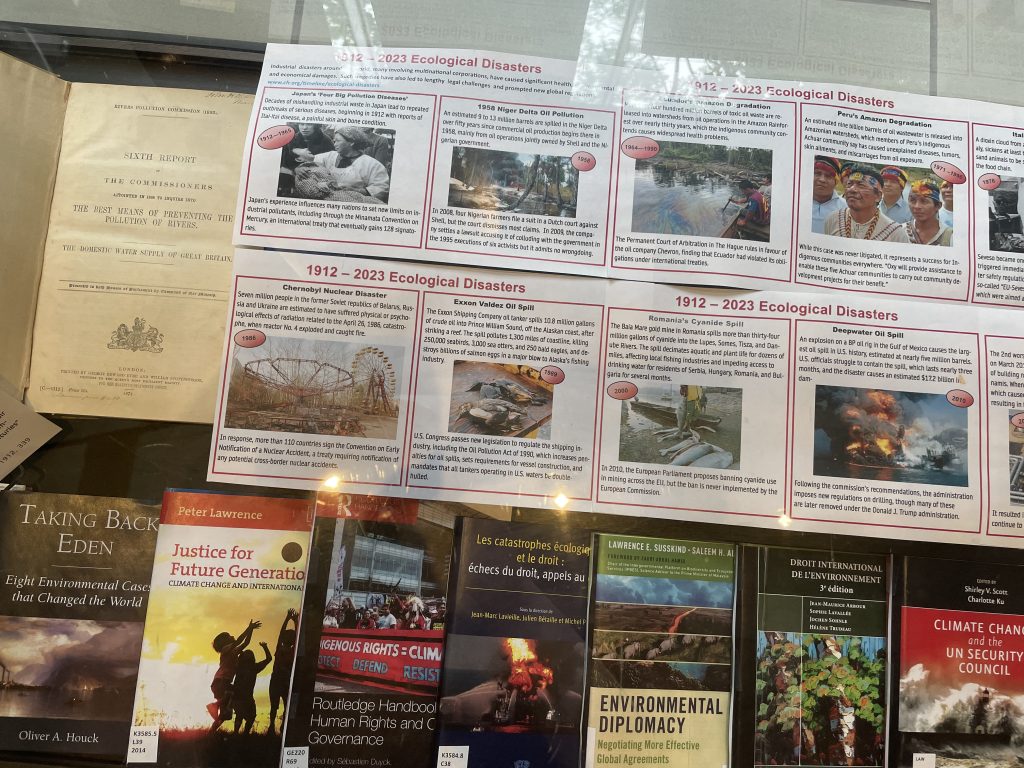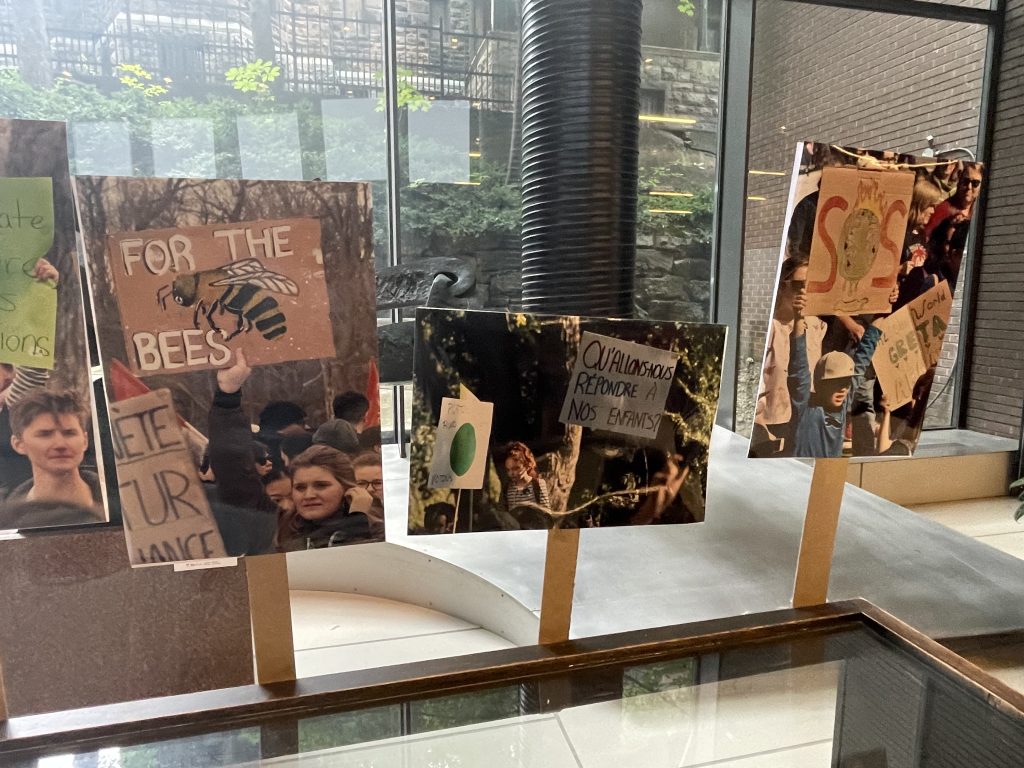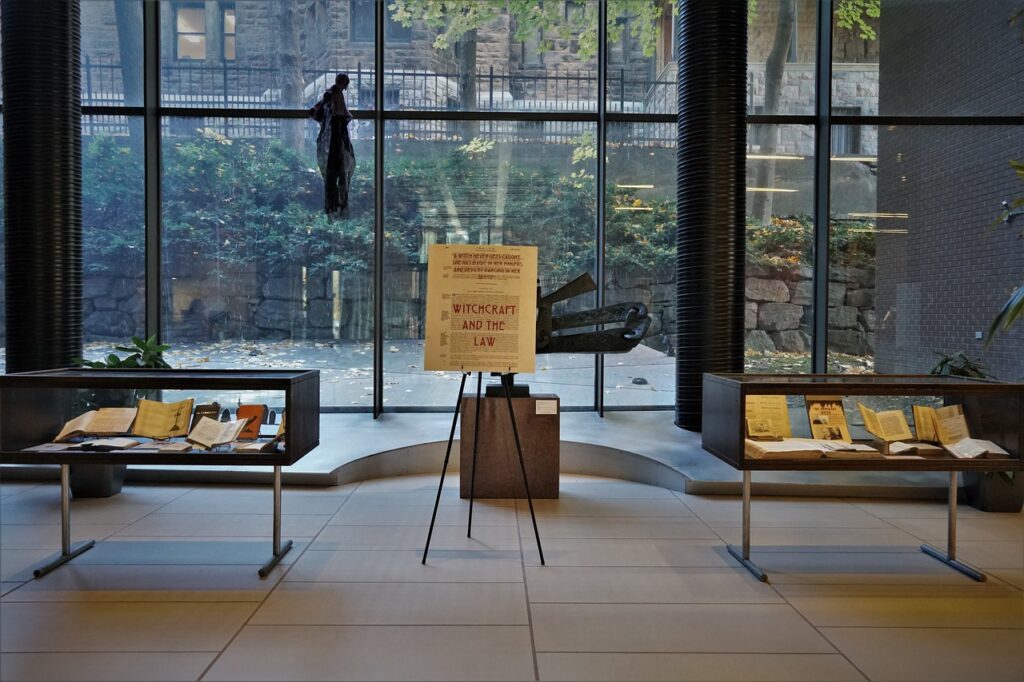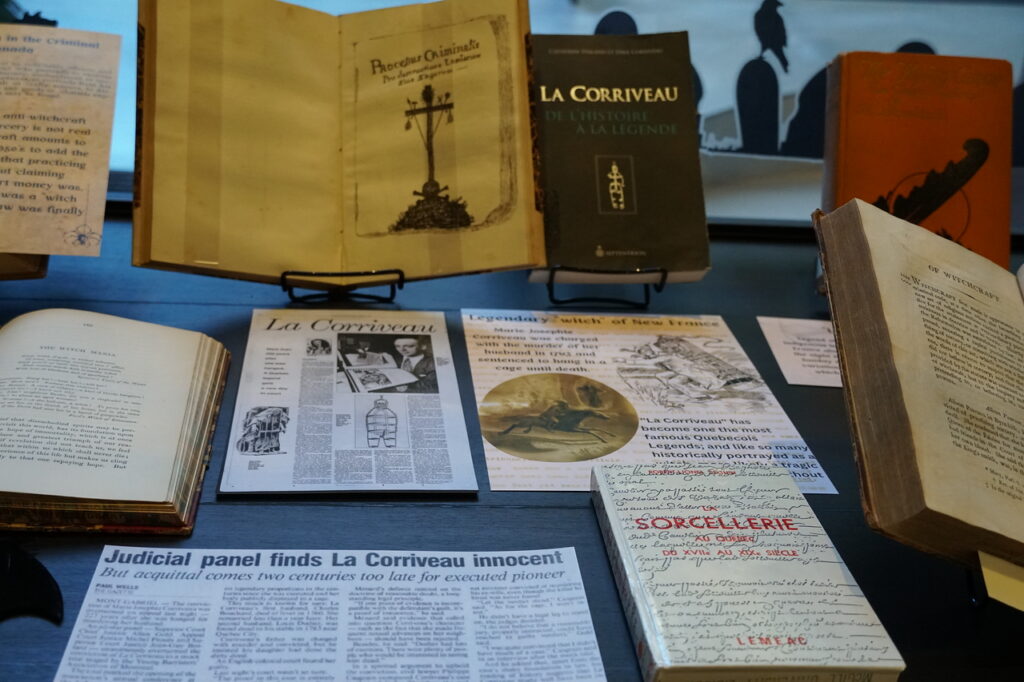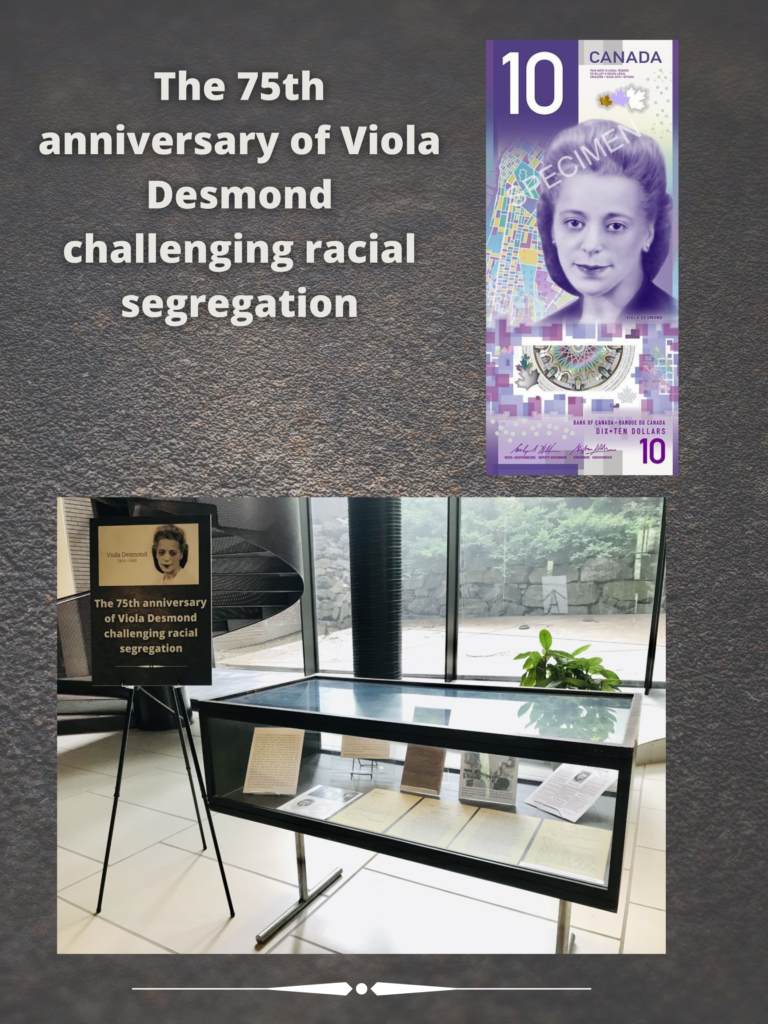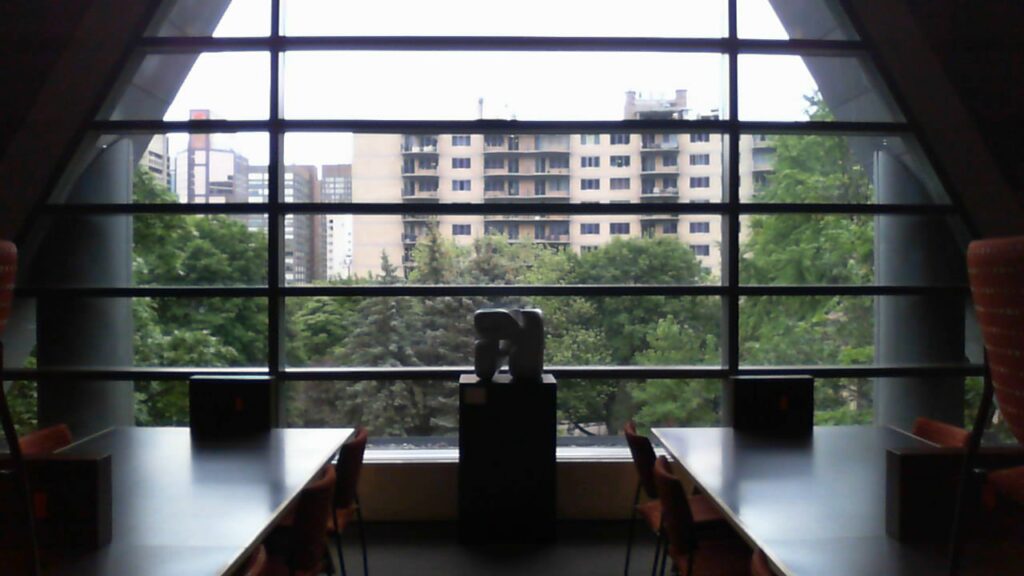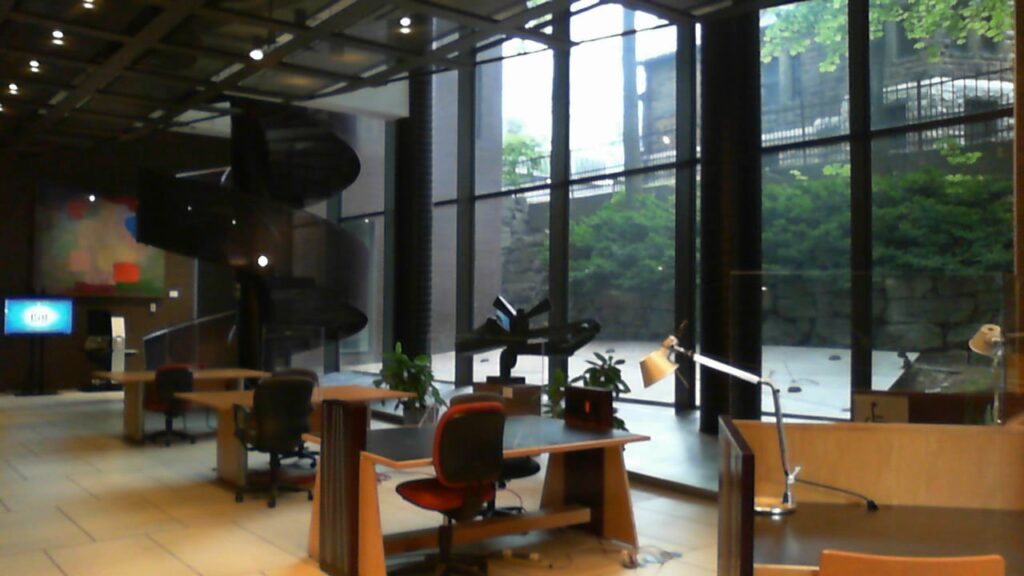
The year 2025 marks a special milestone for the Supreme Court of Canada as it celebrates its 150th anniversary. Over the years, its chambers have been the setting for landmark cases that have shaped the foundation of this country. Some decisions have reinforced fundamental principles of justice, while others serve as reminders of how far we’ve come. These cases provide an opportunity to reflect on our history and appreciate its ongoing evolution.
At the heart of these rulings are the Judges, many of whom once walked the same corridors as today’s law students at McGill University. Their decisions on equality, religious accommodation, Indigenous rights, gender and sexuality rights, and property rights have played a great role in shaping Canadian society.

To commemorate this legacy, the Nahum Gelber Law Library is hosting an exhibition that pays tribute to the Judges who have shaped the Court’s history, with a highlight of pivotal cases that illustrate its influence on Canadian law.

We invite you to explore this curated exhibition on the first floor of the Nahum Gelber Law Library. Take this opportunity to reflect on the path of justice and the Court’s lasting impact. For those interested in further engaging with its history, additional resources are available on the exhibition website (https://ngllexhibit.wixsite.com/150th-anniversary). Join us in celebrating 150 years of the Supreme Court of Canada!
Exhibition curated by Sonia Smith and Jessica Fernandes

